While the vast failures of the Soviet Union have been deeply cemented in the minds of Americans following the Cold War, many remain ignorant to the reach of the failures committed by a variety of rulers throughout history. For centuries, a variety of forms of government attempted to address a mounting number of issues faced by the Russian people, from famines to human rights. However, repeated failure to address issues faced by the population has remained a theme regardless of ideology or actions of the Russian government.
By the 20th century, Russia was long falling behind the West in terms of technological and social progress. Serfdom, a practice including forced labor of the peasant class, was not abolished in Tsarist Russia until 1861, despite this practice having died out in the majority of Europe as early as the Middle Ages. The Industrial Revolution, like the abolition of serfdom, was severely delayed in the Russian Empire. While the Industrial Revolution spread to many parts of Europe, Asia, and the Americas in the 18th century, Russia’s industrialization began only at the turn of the 20th century due to serfdom, as well as the agriculture-based economy.
Being unprepared for the consequences of industrialization, Russia’s cities became extremely overcrowded, with famine and poverty affecting much of the working class. Population of major cities doubled in the span of a mere 20 years. Refusing to address the growing crisis, the Tsardom instead engaged in needless wars contributing to even more famines and shortages throughout the country.
As a result of entering World War I specifically, casualties of Russian soldiers grew dramatically, leaving the country in near ruins. Most Russian people were placed in poor living conditions, often either dying on the battlefield or in extreme poverty. Russia’s largest socioeconomic class–the peasant and worker population–experienced particularly inhumane conditions. Worker shifts were often twelve hours, employees had no bargaining power in their workplace, and the new industrial working class was extremely poorly integrated into urban life. The social classes lived completely separate lives, in separate areas, often never intersecting at all.
The poor standard of living and the level of desperation it caused in Russia eventually led to the February Revolution, 1917. This marked the end of Tsardom, leaving the country with mass poverty, high war casualties, and a deeply unequal society. The Tsardom was a failed governing body and has been viewed harshly in Russian history.
Following the overthrow of the Tsar, a Provisional government was formed. The previous suppression of Leftist ideology and dissent was halted, and the new government made strides for an improved representation of the working class in government, hoping to avoid the level of dissatisfaction experienced under the Tsar. The Provisional government did achieve some of its goals, but it refused to address one of the greatest root causes of the suffering in the country–its involvement in World War I. While the Provisional government did strive to be more representative of the needs of the people, they remained involved in the war due to fears that European countries would withdraw investments from Russia if Russia withdrew troops. This continued the trend of famine and shortages in the country, which found itself depleted of resources due to continued investment in the war. The famines had escalated distress and led to mass protests by the end of Spring the same year.
Material conditions failed to improve swiftly and frustrations grew. The Provisional government’s rule ended less than a year after its beginning, in November of 1917, during the October Revolution. The Provisional Government made a multitude of avoidable mistakes, including the continuation of participation in the war, as well as not effectively addressing food shortages, which inflicted suffering. After less than a year, the government ended its rule as another failure, leaving the Russian people in abject poverty and involvement in war they had no say in.
The October Revolution of 1917 resulted in the rule of the Bolshevik Party and establishment of the Soviet Union. Despite its worker centered messaging, this new government only worsened conditions for the Russian working class. Compulsory work was introduced, often forcing workers to leave fields previously worked in, attempting to fill in the gaps of labor. The government did not tolerate refusal to work. The motto “he who does not work, does not eat” was introduced during this time. While a general guideline of 8-hour days was introduced, many worked 12-hour shifts.
Under Bolshevik rule, the KGB, a secret political police force, heavily suppressed dissent. Counter revolutionaries were silenced in the early days of the new regime to prevent a third revolution. Those who violated speech restrictions were often arrested and sent to labor camps. Many suffered the fate of execution without trial.
After decades of economic failures, mass food shortages and lack of basic human freedoms, the Soviet Union collapsed in 1991. Regardless of its successes like spreading communist ideology and technological advancements, the Soviet Union collapsed. With this started the next era for Russia: brief hope and eventual steep decline. The West assumed that the implementation of a democratic system would bring prosperity to the poverty ridden nation. But, Russia continued to be plagued by recession, famines, and dissatisfaction.
As a result of the poor living conditions of the Russian people, combined with the growing resentment of the West, the country was perfectly set up for a fascist strongman leader to take charge. Enter Vladimir Putin, law graduate student who served in the KGB as an intelligence officer for 15 years, rising quickly through the ranks of Russian politics. Less than a decade after retiring from the KGB, he was appointed prime minister by President Boris Yelstin. Promptly, Putin launched a military operation on Chechnya and his approval ratings skyrocketed. In 1999, Yelstin resigned and appointed his prime minister, Putin, as acting president. The following election, a few months later, Putin won the presidential election in a landslide. With a platform aimed at tackling corruption and strengthening the nation, Vladimir Putin quickly became popular.
Since taking power, Putin’s government has repeatedly changed the constitutional term limits to allow him to continue his role as president, in which he remains to this day. Under the current constitution, he will be term-limited in 2036, however, whether he will step down remains unknown. While all his actions were legal according to the Russian government, Russian elections are consistently unreliable and unrepresentative of the Russian people, allowing Putin to manipulate the system to his favor.
Putin’s crimes have been numerous and outright. From assassination of political opponents to war crimes, Putin has dropped the façade of a fair leader. At this point in time, Russia faces a harsh crackdown on human rights, the costs of war, and a looming recession.
For generations, the Russian people have suffered authoritarian regimes, economic hardships, and political censorship. As power was passed along from one regime to the next, never did the wellbeing of its citizens take enough of a priority. Despite what Putin and others in Russia may now imply, there is no great times to return to, no point in which the Russian people were able to freely thrive within their own country. The country remains in disrepair, and its path out dwindles as Putin’s government becomes more explicitly a dictatorship. For Russia to finally see true and equitable progress, its focus must be on the common people.


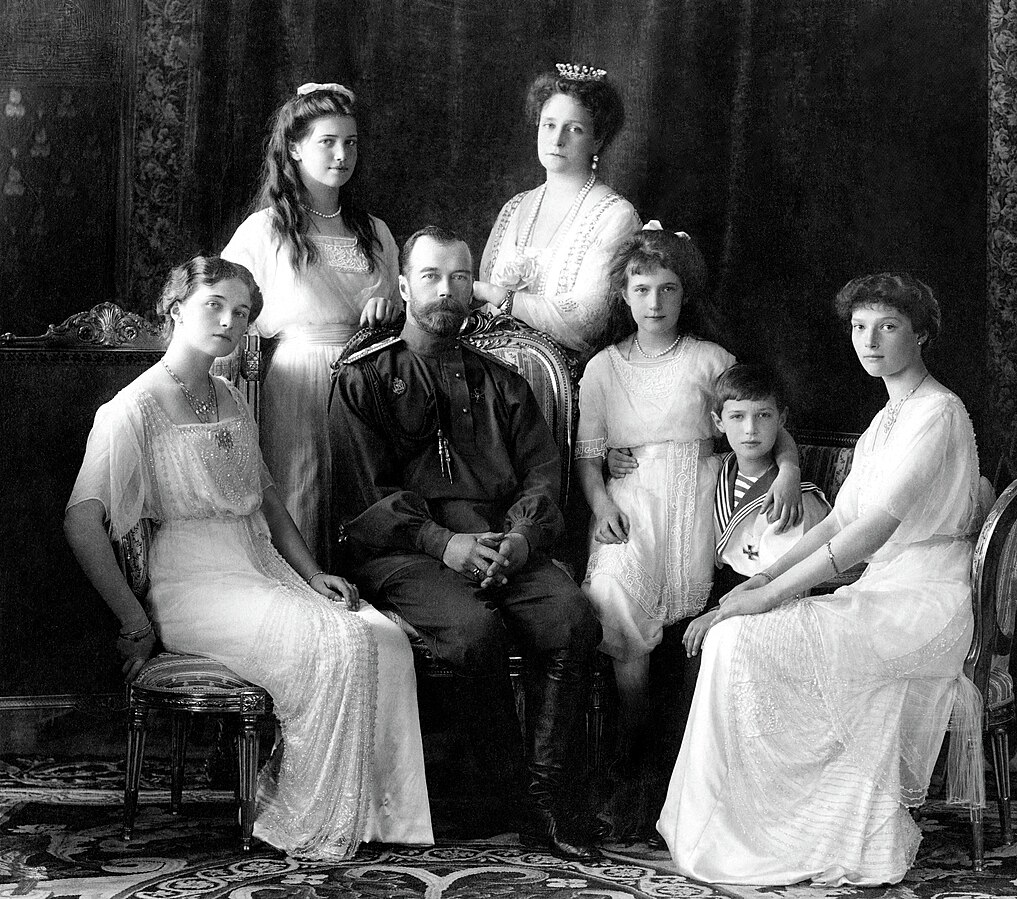

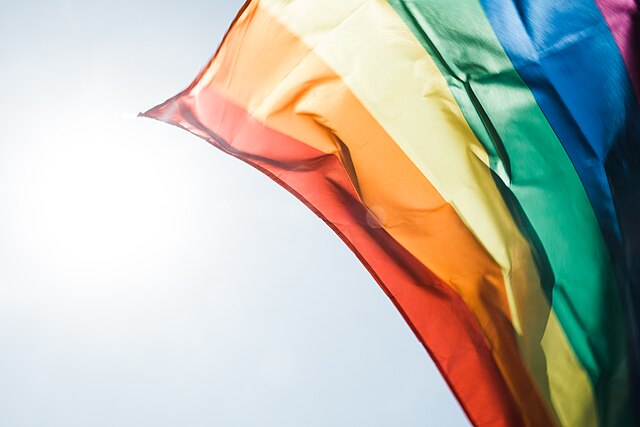
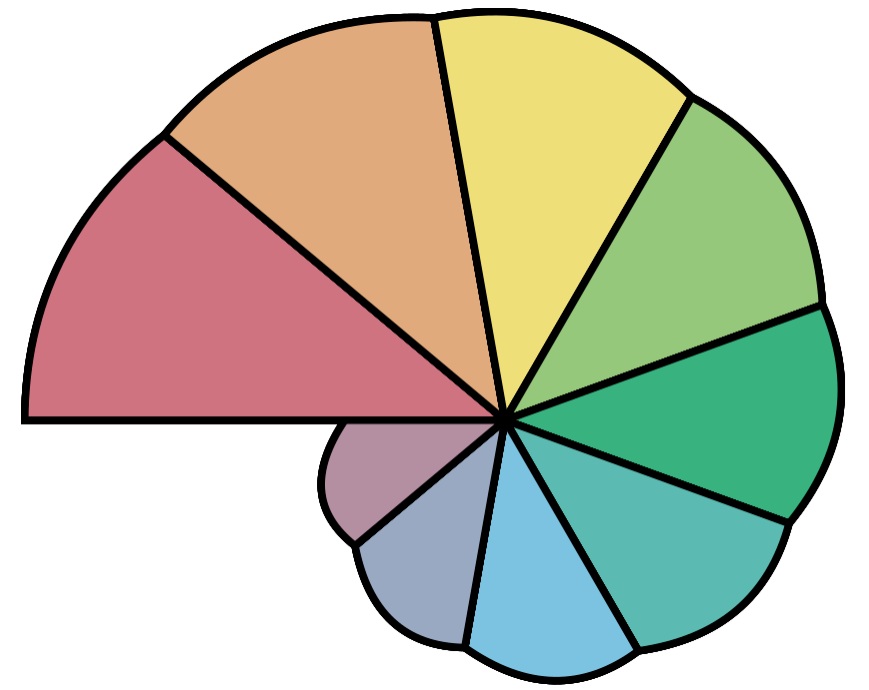

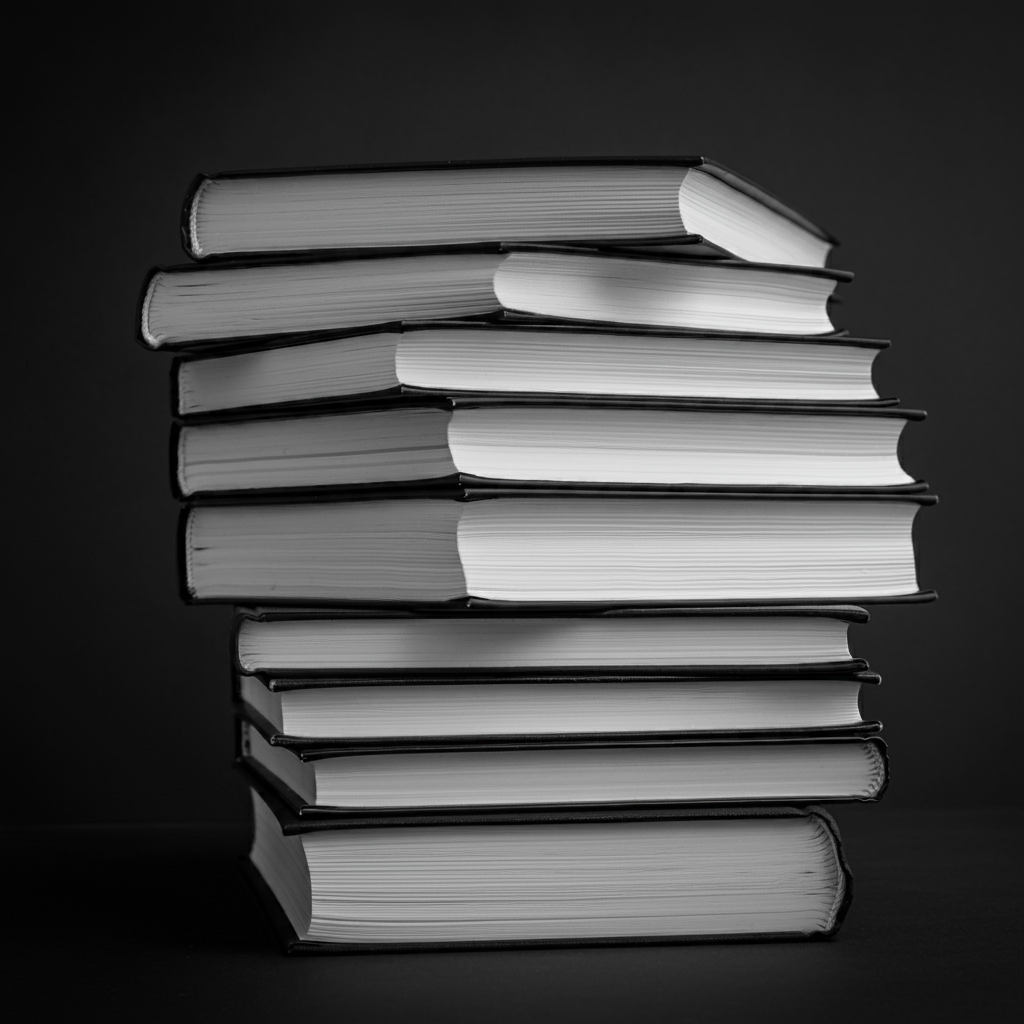

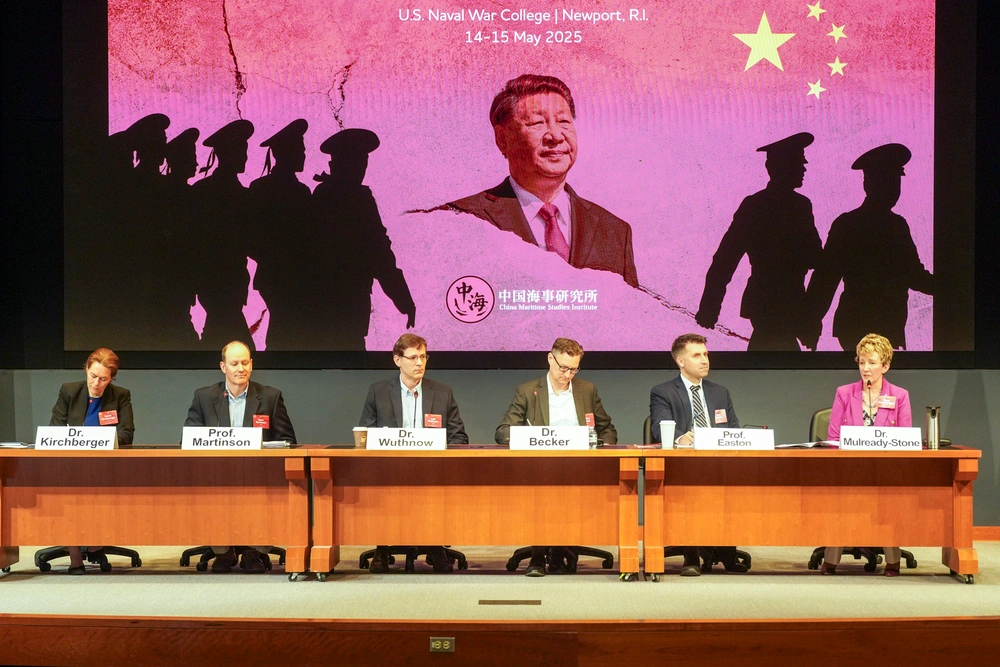

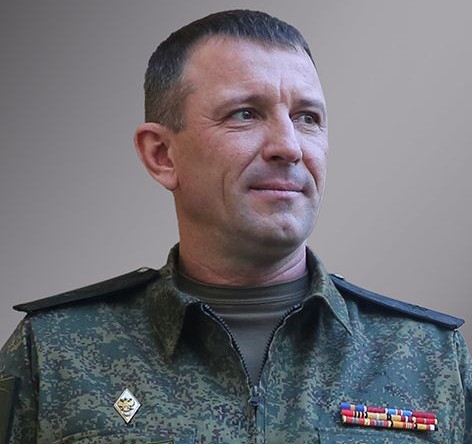
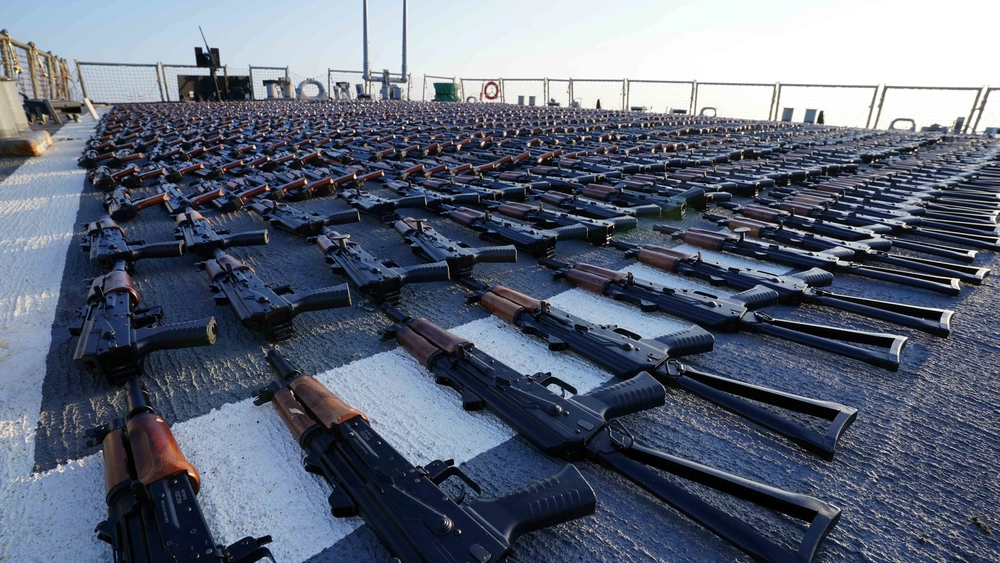
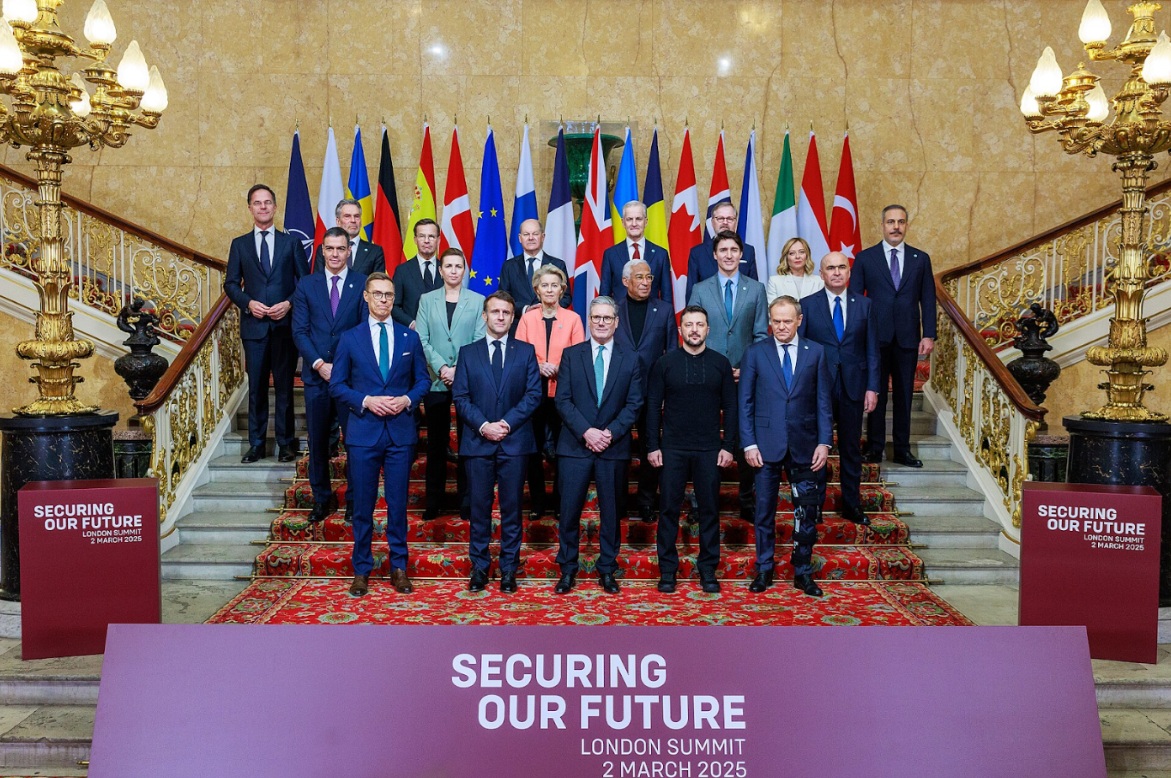
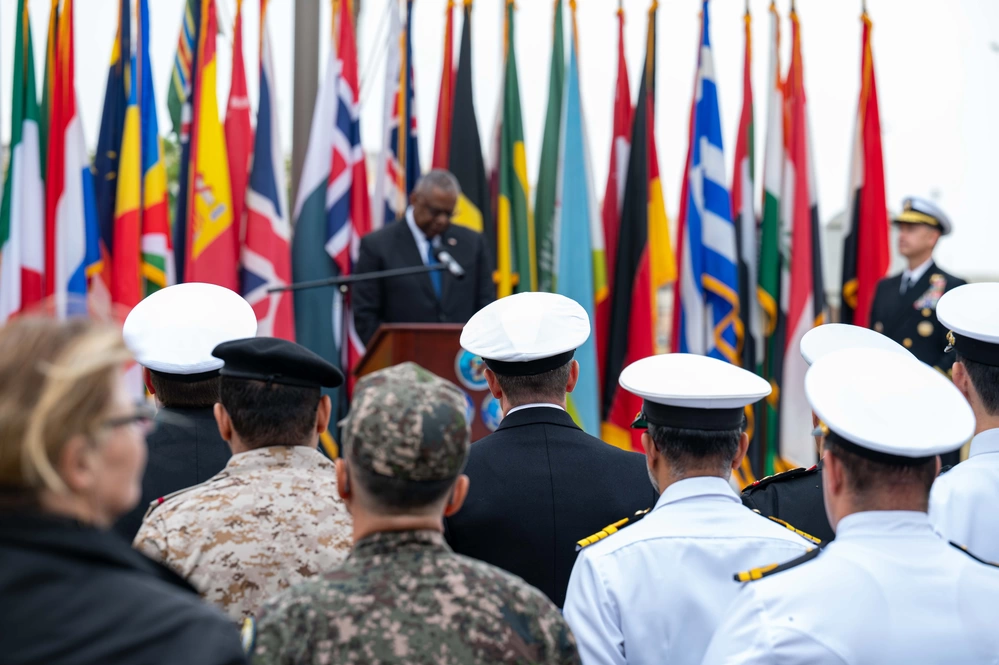
Billy Stromberg
Nov 12, 2024 at 10:32 pm
A great and important history lesson. We all should know how Russia got to this point, especially given the current events.